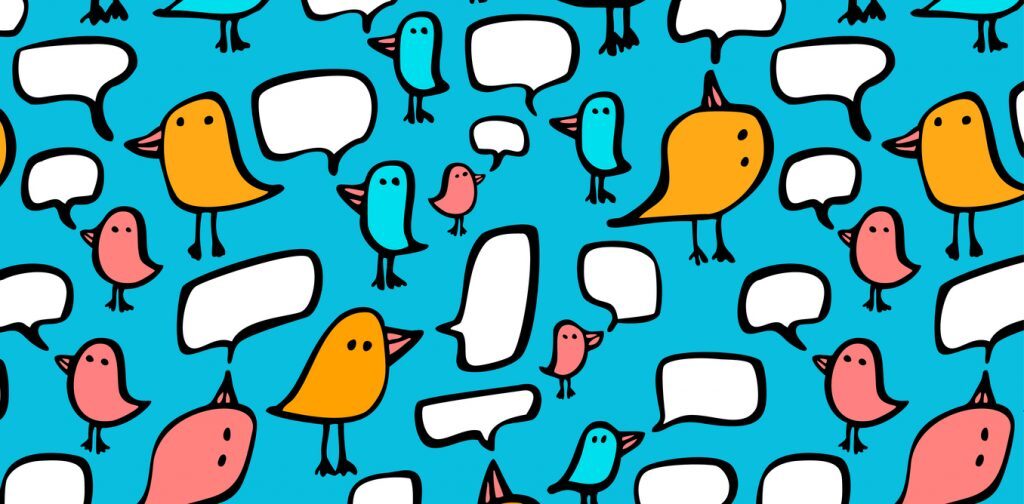Fifteen years ago I turned on the television minutes before the second hijacked plane crashed into the second Twin Trade Tower in New York. Watching what is still one of the world’s worst terrorist attacks on CNN seems as surreal now as it did then, an audacious use of a seemingly harmless mode of transport that has forever changed international air travel.
Eight years later, in January 2009, an equally audacious, but positive, event involving a airplane and New York City hit the news. The difference was that pilot Chesley Sullenberger landed his US Airways Flight 1549 on the Hudson River after both engines were crippled by a bird strike. The news wasn’t broken on CNN or any major news channel, but by a guy on a ferry with a cellphone camera.
“There’s a plane on the Hudson. I’m on the ferry going to pick up the people. Crazy,” Janis Krums (@JKrums) tweeted, using an early picture-sharing, now defunct, service called TwitPic.
Similarly, when bomb blasts ripped through London’s transport system on 7 July 2005, now known as 7/7, the grainy, pixelated photographs taken on still-rudimentary cellphone cameras of commuters fleeing from trains in the underground railways defined those terrifying moments.
Both are examples of what is now broadly called citizen journalism, or essentially being in the wrong place at the right time with a cellphone camera.
When Michael Jackson’s death was first reported, on 25 June 2009, it wasn’t by any of the major, established media brands. Instead it was the trash-talking celebrity gossip website TMZ.
Similarly, the disappearance of Air France Flight 447 somewhere over the Atlantic Ocean on 1 June 2009 first broke on Twitter hours before the mainstream news pick up on it.
With the 15th anniversary of 911, a controversial new film about the “miracle on the Hudson” opening and speculation, after a board meeting, that Twitter might be bought, all last week, it’s a reminder of how much the world has changed in the last decade and a half.
Social media now plays a key role in all of our lives, especially when it comes to news. One in 6 Americans get their news from social media (62%), according to a Pew Research Center survey, while 44% of US adults get news via Facebook and 16% on Twitter.
Twitter remains “the front page of news” – a place where you can see the breaking news of just about anything, including Facebook CEO Mark Zuckerberg’s surprise first visit to Africa earlier this month.
Even though it has 313m monthly users, Twitter’s growth is seen as stalled, and speculation is again rife that it will be bought. The obvious buyers are Facebook and Google, both of whom need the kind of real-time news feed that Twitter embodies.
It’s unlikely to be Facebook though, which has recently said it is altering its algorithms to present more personal information and less news in its all-important news feed.
Google, on the other hand, has consistently failed at social media initiatives, and recently shuttered its Google Plus offering. But, Google already sells advertising on Twitter (through its DoubleClick ad platform) and Twitter has given Google “firehose” access to all its tweets. These are considered the two reasons Google might want to buy Twitter: searchability of its vast network of messages and as a new sales opportunity. But it already has those. Meanwhile, Microsoft, often rumoured to be interested in Twitter, has just bought the more business-orientated LinkedIn for $26bn.
It’s hard to see who else might be interested, except perhaps another media or internet giant like Verizon which bought Yahoo for US$4.8bn this year.
Twitter isn’t going anywhere just yet, but Wall Street senses a troubled company because of its slow user growth. Sadly, that’s like blood in the water for the takeover sharks.
This column first appeared in Financial Mail
